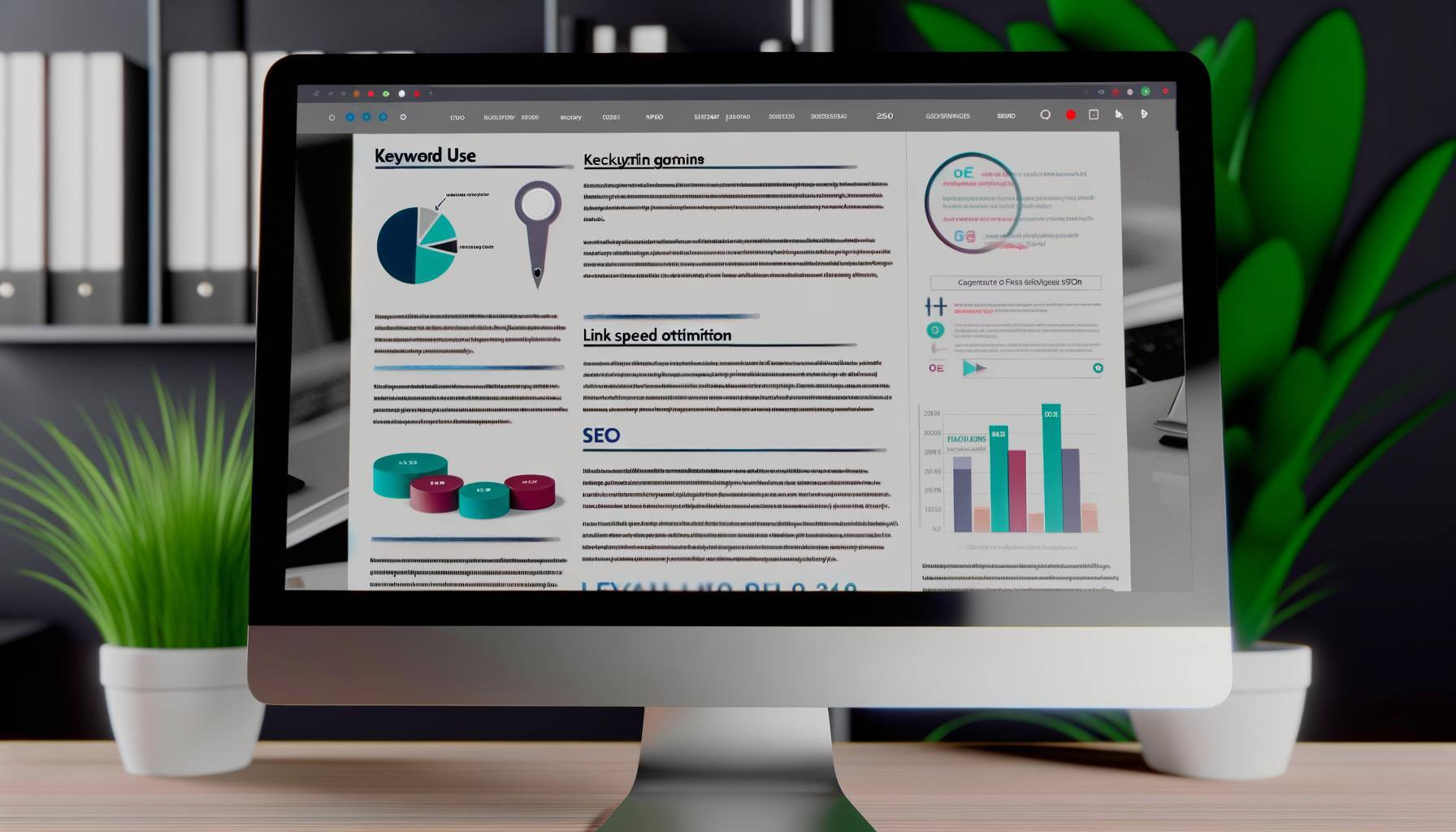SEO Analysis Guide:
1. Google Search Console Setup:
- If not already done, set up your site on Google Search Console. This tool provides insights into how Google views your site and offers data on search traffic, performance, and issues affecting your site’s ranking.
2. Keyword Analysis:
- Use tools like Google Keyword Planner, SEMrush, or Ahrefs to analyze the keyword "Digital Marketing Tips." Check for search volume, keyword difficulty, and related keywords that could enhance your content strategy.
3. On-Page SEO Check:
- Title Tag and Meta Description: Ensure your homepage and key pages have SEO-friendly title tags and meta descriptions that include your target keyword.
- Headings and Content: Verify that your content uses H1, H2, and H3 tags effectively, incorporating your main keyword and related terms.
- Images: Check that all images have alt tags that describe the image and include your keyword where appropriate.
- Internal Links: Ensure there are internal links to and from your main pages, which helps distribute page authority across your website.
4. Content Quality and Relevance:
- Review the content on your site, particularly articles related to digital marketing. Assess if the content is comprehensive, up-to-date, and provides valuable insights that match the search intent of your target keyword.
5. Mobile-Friendliness:
- Use Google’s Mobile-Friendly Test tool to see if your website is optimized for mobile devices. Mobile optimization is crucial for good SEO as it affects user experience and search rankings.
6. Page Speed Analysis:
- Utilize tools like Google PageSpeed Insights to analyze the loading speed of your website. Page speed is a ranking factor, and improving it can boost your SEO.
7. Backlink Analysis:
- Investigate the backlinks leading to your website using tools like Ahrefs or Moz. Quality backlinks from reputable sites can significantly boost your SEO performance.
8. Competitor Analysis:
- Look at top-performing competitors for your keyword. Analyze what they are doing well in terms of website structure, content, and SEO strategies. Use this information to enhance your own SEO efforts.
9. Technical SEO:
- Check for any crawl errors that might prevent search engines from accessing parts of your site. Also, ensure there is a sitemap.xml and robots.txt file properly set up.
By following these steps, you can perform a comprehensive SEO analysis of your site and identify areas for improvement to rank higher for "Digital Marketing Tips" and related terms. If you need detailed instructions on using any specific tools or implementing changes based on the analysis, feel free to ask!

 By
By


